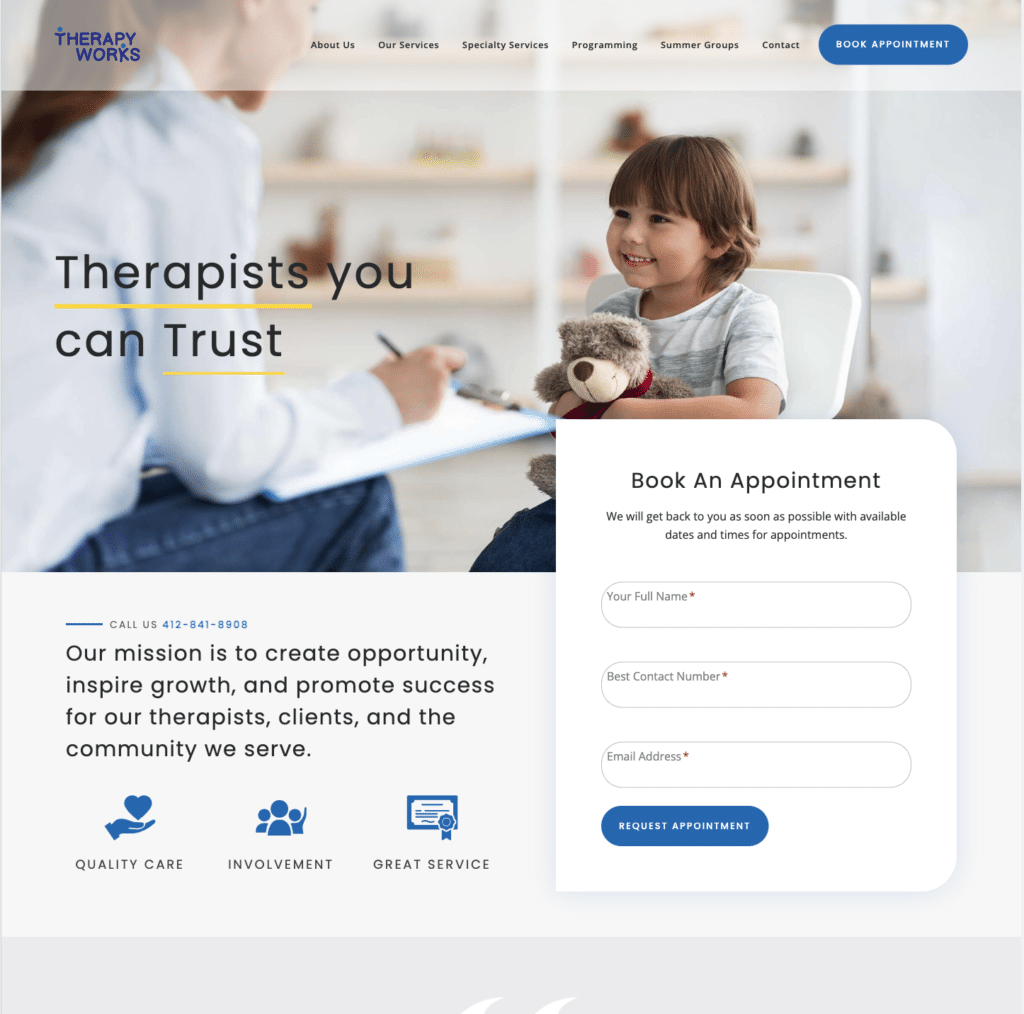Website development has taken many turns in the past few years, and a strong online presence is crucial for small businesses to thrive. A well-designed website not only acts as a virtual storefront but also plays a pivotal role in shaping the user experience (UX) that visitors have when they interact with your brand. A positive UX can lead to increased customer satisfaction and higher conversion rates.
Let’s explore some essential UX design principles that small business websites should follow to ensure they create a user-friendly and effective online platform.
Understand Your Audience
The first step in creating a great User Experience (UX) for your small business website is to understand your target audience. Who are your potential customers? What are their needs, preferences, and pain points? Conducting thorough user research will help you tailor your website to meet your audience’s expectations.
Clear and Intuitive Navigation
Navigation is a fundamental aspect of User Experience (UX) design. Your website should have a well-structured and easily navigable menu system. Visitors should be able to find the information they are looking for quickly and effortlessly. Use descriptive menu labels and avoid clutter to make the navigation experience smooth and intuitive.


Mobile Responsiveness
With a growing number of users accessing websites from mobile devices, it’s imperative that your small business website is mobile-responsive. Ensure that your site adapts seamlessly to various screen sizes and orientations, providing a consistent and user-friendly experience for mobile users.

Page Speed Optimization
In the digital world, speed matters. Slow-loading pages can frustrate users and drive them away from your website. Optimize your website’s performance by compressing images, minimizing HTTP requests, and leveraging browser caching. Google’s PageSpeed Insights tool can help identify areas for improvement.

Compelling and Engaging Content
Content is king in the online realm. Ensure that your website’s content is not only informative but also engaging. Use high-quality images, videos, and compelling copy to capture your visitors’ attention and convey your brand’s message effectively.
Consistent Branding
Consistency in branding is crucial for creating a cohesive user experience. Use a consistent color scheme, typography, and logo placement across your website. This consistency helps users identify your brand and builds trust. To ensure continuity, always use a brand kit. If you don’t have one for your business, contact us at Moonlit Media to develop one for you!

User-Friendly Forms
If your website includes forms for inquiries, contact, or purchases, make sure they are user-friendly. Keep forms simple, ask for essential information only, and provide clear error messages when users make mistakes. Implement features like auto-fill and input validation to enhance the user experience.

user experience (ux) Accessibility
Web accessibility is not just a good practice; it’s a legal requirement in many regions. Ensure your website is accessible to all users, including those with disabilities. Use proper HTML markup, provide alternative text for images, and offer keyboard navigation options.

Social Proof and Trust Signals
Small businesses rely on building trust with their customers. Incorporate elements like customer testimonials, reviews, and trust badges to establish credibility and reassure visitors about the legitimacy of your business. The best way to obtain this social proof is to find your best marketing platform and apply the information gleaned to improve your products and services.

Performance Monitoring and Iteration
Your website is not a one-and-done project. Continuously monitor its performance using tools like Google Analytics. Analyze user behavior, track conversion rates, and gather feedback to identify areas for improvement. Regularly update and iterate on your website to enhance the user experience and keep it up to date with industry trends.

These are just a few of the reasons why having a well-designed small business website that prioritizes user experience can make a significant difference in attracting and retaining customers. By following these essential UX design principles, you can create a user-friendly, engaging, and trustworthy online platform that not only satisfies your visitors but also drives conversions and contributes to the success of your business.
Remember, your website is often the first point of contact with potential customers, so investing in a positive user experience is a wise business decision! Learn how MoonlitMedia can help your business grow!








